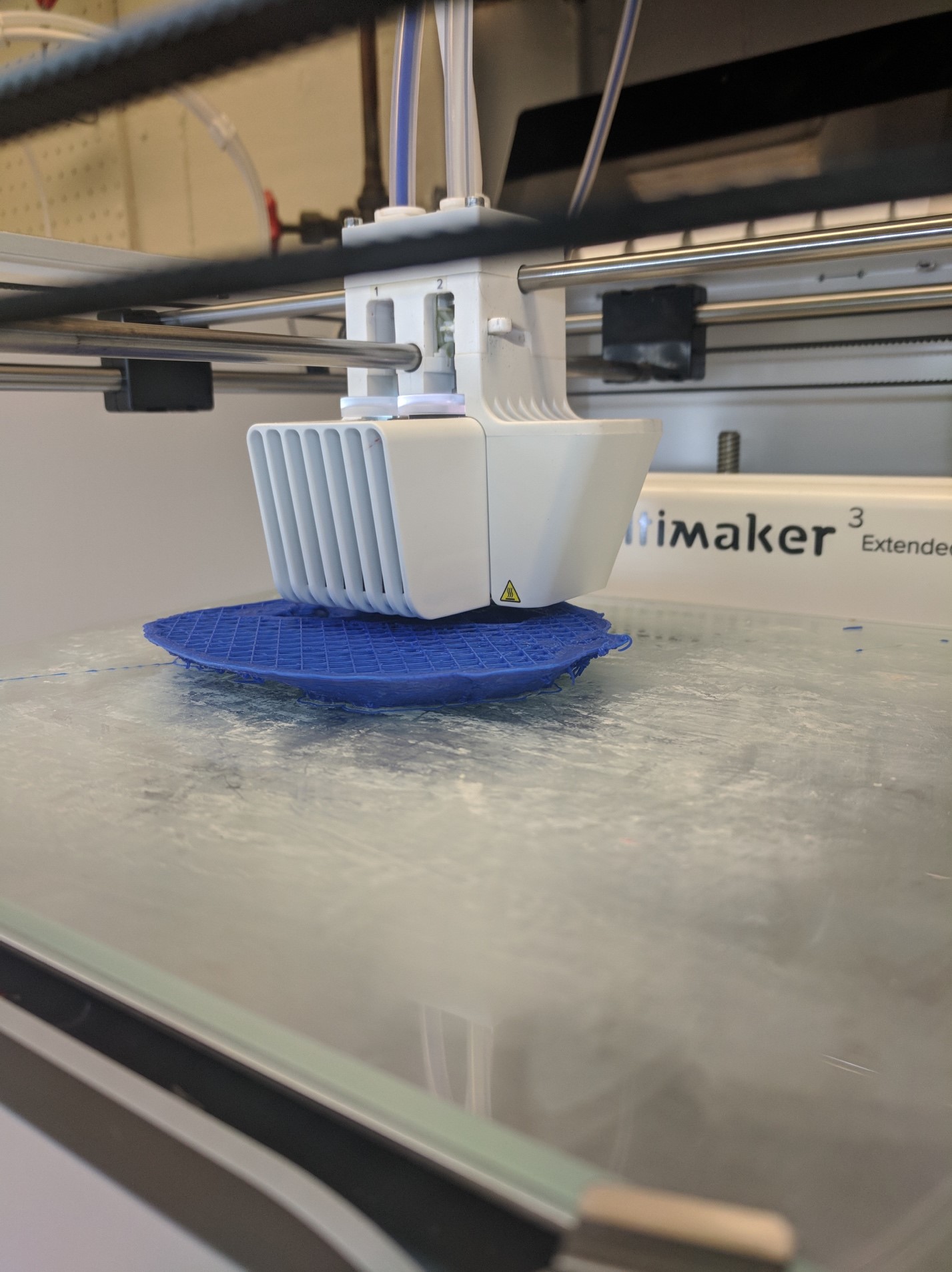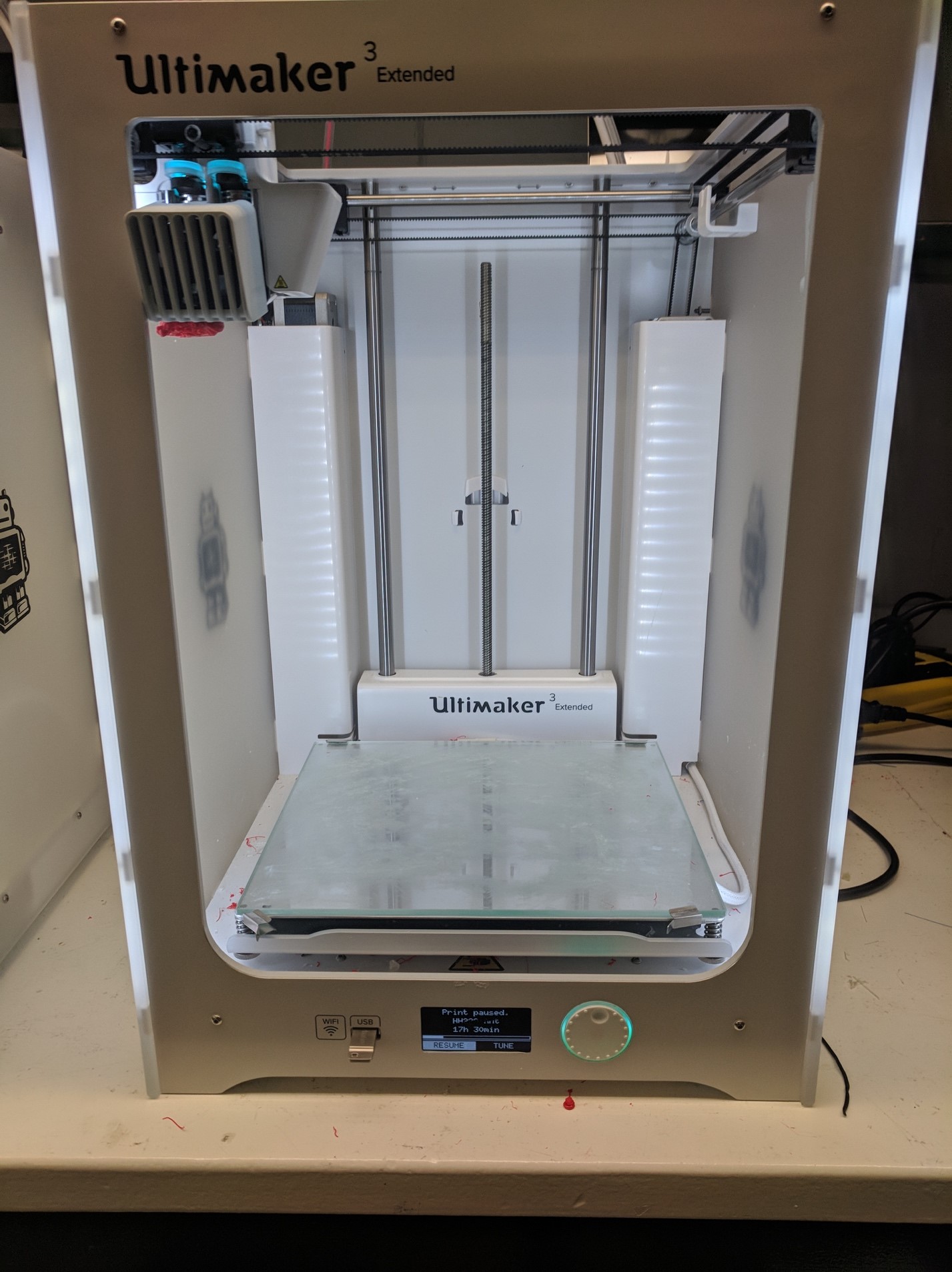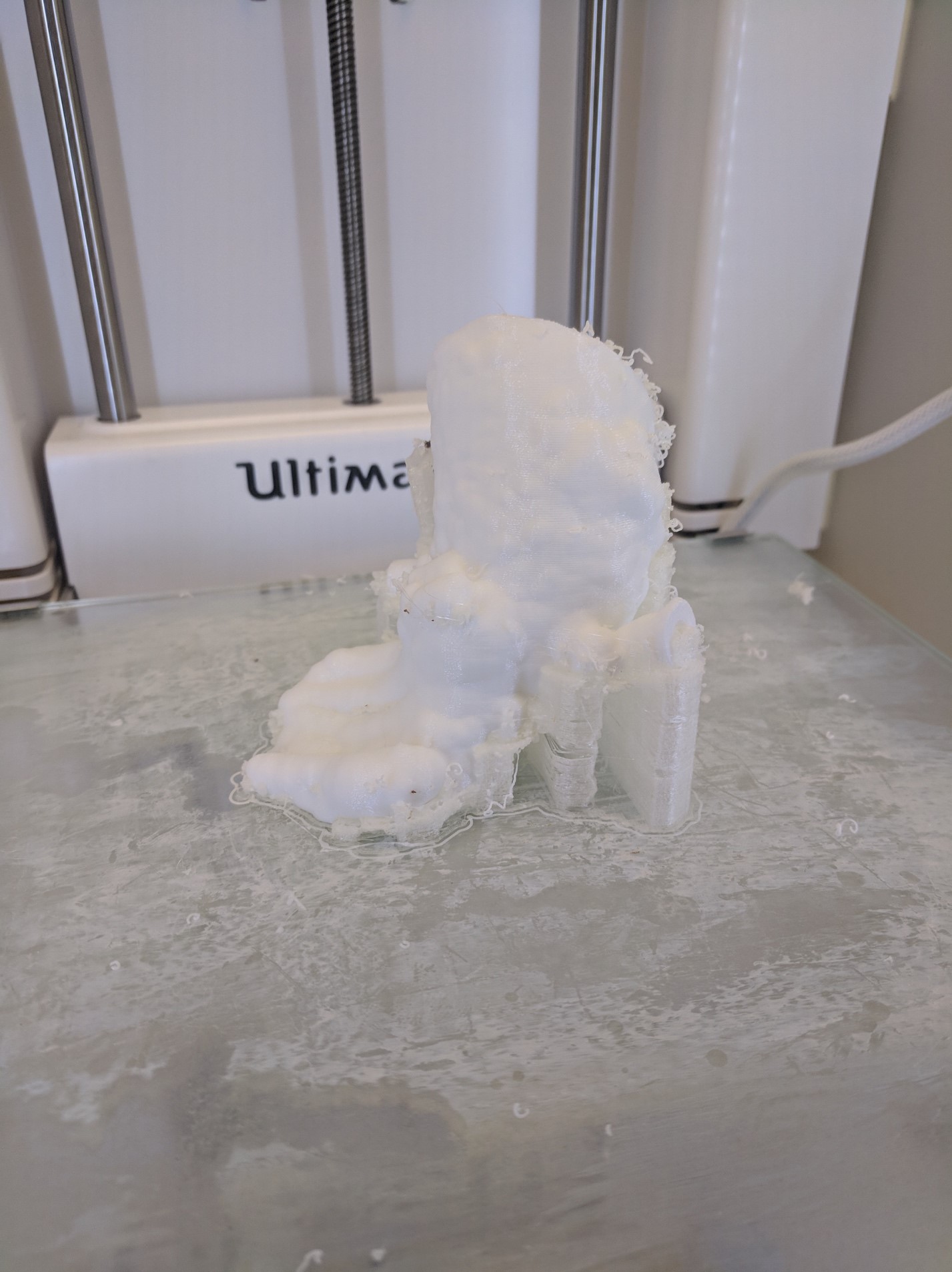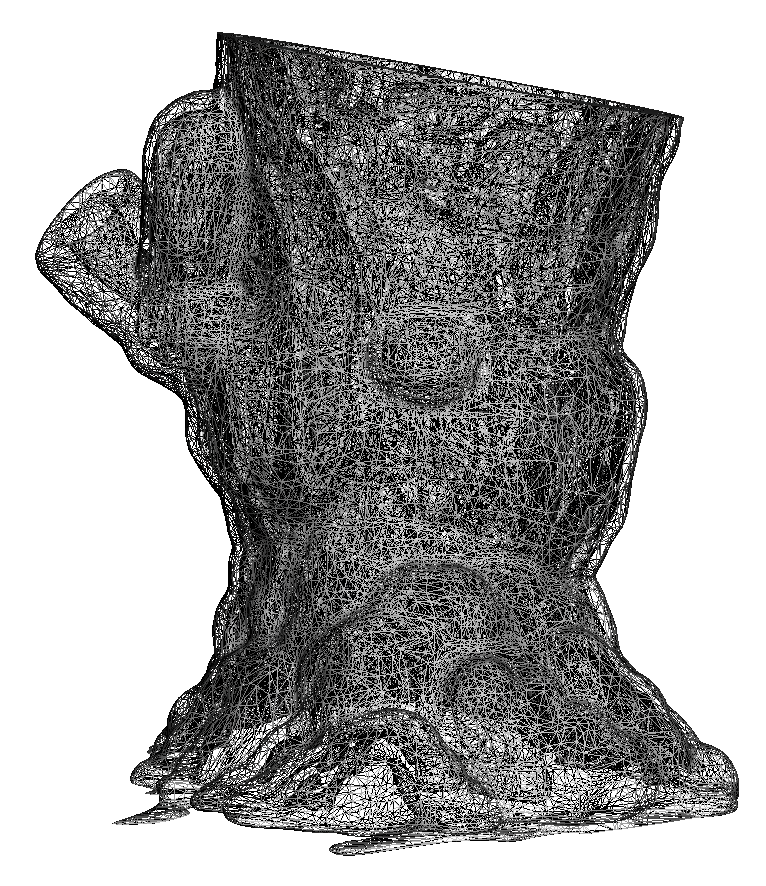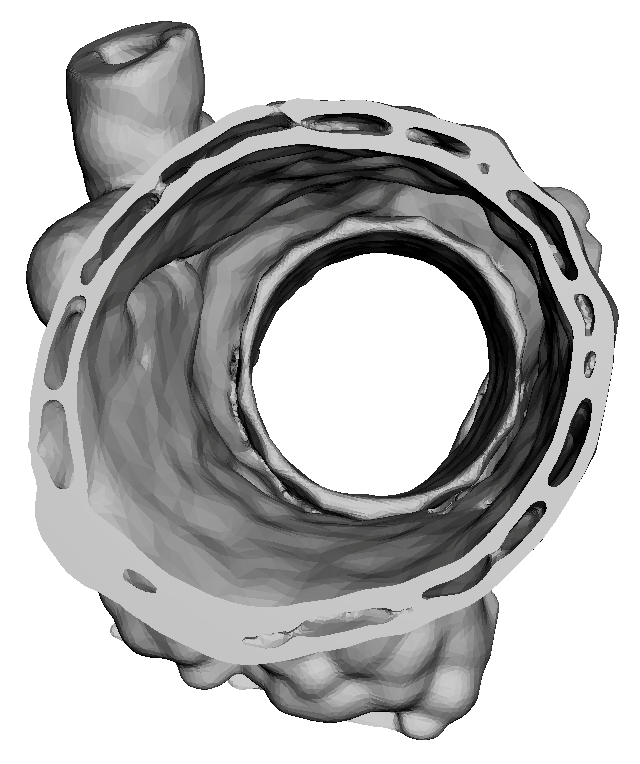3D Printing to Reduce Paravalvular Leak in TAVR
Transcatheter aortic valve replacement (TAVR) is rapidly becoming the standard of care for patients with severe, symptomatic aortic valve stenosis. In the United States currently, the number of TAVR procedures exceeds the number of surgical aortic valve replacement (SAVR) procedures.1 These trends are likely to continue if ongoing low-risk trials confirm non-inferiority of TAVR over SAVR.
Although TAVR offers a less-invasive alternative to SAVR with significant reductions in stroke, re-operations, bleeding, and atrial fibrillation, several procedural complications remain more prevalent with transcatheter therapies including paravalvular regurgitation (PVR), new pacemaker, and aortic rupture.2
A key event in reducing periprocedural complications and improving pre-procedure planning in TAVR has been the use of multi-slice computed tomography (MSCT) for optimal device sizing. MSCT allows visualization of this complex anatomical structure and has become the gold standard supplanting transesophageal echocardiography (TEE).3 MSCT allows precise identification of the basal attachment points of the three leaflets for reconstruction of the "virtual" aortic annulus in its three dimensions. Three-dimensional (3D) printing has taken this approach one step farther by generating a 3D object derived from this dataset.
Surgeons have the benefit of being able to examine the 3D cardiac anatomy during SAVR for a best-fit scenario; however, technical and technological barriers limit valve size, and the invasive nature of the procedure make such surgeries impossible in patients with high surgical risk. Yet although structural cardiologists have the advantage of minimally invasive procedures, their ability to evaluate 3D anatomy is limited to pre-procedure planning primarily composed of two-dimensional imaging. Here, 3D printing provides the same insight into cardiac anatomy that open heart surgery bestows to the surgeon. The case-by-case analysis is promising, but few studies have actually examined hard endpoints of this technology. Here we provide an overview of this technology.
3D printing is a process by which a 3D object is generated from digital data using multiple additive layers via robotic control (Figure 1), also known as additive manufacturing. Ever since its rudimentary beginnings in 1981, the process has gained wide application in the manufacturing arena and has spread into other areas such as healthcare. 3D digital data are obtained via an imaging modality that can provide a high-fidelity/high-resolution image, usually computed tomography or magnetic resonance imaging data sets, which are converted to a digital format readable by 3D printers such as stereolithography file. Like the usual method of pre-procedure planning with MSCT, the 3D model must be printed realizing that the aortic root is a complex 3D structure that is not circular but a three-pronged coronet anchored at each of the aortic cusps. It is an ellipse rather than a circle, the area of which can change dramatically with the cardiac cycle (up to 30% greater area in systole versus diastole). As such, systolic datasets are used for the 3D printed model.
Figure 1
This stereolithography file is input into the 3D printer (Figure 2), which then uses additive manufacturing techniques to recreate the structure. This can provide significant aid in procedure planning. There are several 3D printers that can be used to generate the data that range in price from a few hundred dollars to hundreds of thousands of dollars. The more expensive printers have advanced features that allow for composite building. The basic product is usually created using a single material. However, composite structures can be created using materials of different types. This is of special benefit in the medical field because human anatomy does not have an organ that is homogenous and uniform. The human aortic root is a complex structure generated from multiple layers of fascia, muscle, and endothelium, along with degenerative calcium deposits. The material must be able to mimic the rigid calcium deposits commonly seen on the aortic valve leaflets and annulus because these are critical pathways to PVR and other TAVR-specific complications. To this end, composite modeling aims to provide the best-fit scenario.
Figure 2: Ultimaker 3 (Ultimaker B.V.; Geldermalsen, Netherlands) Extended 3D Printer
The best material should approximate the Young's modulus or "stiffness" of the human aorta. For the human aorta, this number is around 12 Pascal and varies with the age and amount of calcification. Finally, the thickness of the 3D-printed structure must be considered because as we increase the thickness of the material, we affect its expandability. In literature, the aortic root walls have been printed at a thickness of 2.0 mm, and the aortic leaflets have been generally printed with a thickness of 0.5 mm to mimic natural structures.4
Once the model is created (Figure 3), it can be used to simulate a transcatheter procedure. The aortic root is positioned in a stable and fixed position, and the delivery system is then advanced across the valve plane in a retrograde fashion to mimic the TAVR approach. The system is then prepped, and the valve, either self-expanding or balloon expandable, is deployed at nominal pressure. The system is then retrieved, leaving the 3D-printed aortic root and TAVR valve in place (Figures 4-5).
Figure 3: 3D-Printed Aortic Annulus
Figure 4: Digital Reconstruction of a 3D-Printed Aortic Root
Figure 5
The analysis of the interaction between prosthesis and 3D-printed annulus is of crucial importance to understand the pathogenesis of paravalvular leaks. Multiple approaches have been seen in the literature from visual inspection, to light transmission, fluid loop, and computational fluid dynamics hemodynamic modeling.4-7 Visual inspection relies on the operator's ability to spot the leak, assuming its size is large enough to see. Light transmission involves placing a light source at one end of the model and using photon refraction as it passes through an area of malapposition to identify, locate, and grade the PVR. Fluid loop modeling requires simulation of the hemodynamic environment using a fluid loop, usually saline, that connects with input/output to the aortic root model and simulates pulsating flow. Doppler ultrasound is then used in the standard fashion to evaluate for regurgitant jet across and around the valve including any instance of PVR. This approach allows the most direct validation with clinical practice. The last method of computational fluid dynamics requires complex computational algorithms that mathematically simulate hemodynamics and flow across the aortic valve. Although it does not have the wealth of data behind it such as Doppler analysis, it has been validated in the literature.8-10
Development of 3D-printed patient-specific models using MSCT has some theoretical advantages, especially when coupled with TAVR valve sizers that allow testing of mechanical interactions between prosthesis and annulus. For example, it could facilitate valve sizing, predict areas prone to PVR, and facilitate early valve design of new TAVR valves. More importantly, 3D printing could have an impact in procedural planning by informing valve choice, implantation depth, or even referral to SAVR if the anatomy is deemed high risk for complications. Fluid loop modeling can also help predict post-procedural gradients with various prosthesis. This is of particular importance in valve-in-valve procedures. Finally, 3D printing is a valuable tool for medical education and training of the extended heart team.
Despite having its origins in technology nearly 4 decades old, 3D printing continues to be a relatively novel technology, especially in terms of its clinical application. As transcatheter structural procedures continue to proliferate, its utility in the clinical setting will continue to expand, just as MSCT revolutionized sizing in TAVR. Expanding infrastructure will allow easier and cheaper access and will likely lead to innovation in the field with continued emphasis on reduction in complications.
References
- Culler SD, Cohen DJ, Brown PP, et al. Trends in Aortic Valve Replacement Procedures Between 2009 and 2015: Has Transcatheter Aortic Valve Replacement Made a Difference? Ann Thorac Surg 2018;105:1137-43.
- Thourani VH, Kodali S, Makkar RR, et al. Transcatheter aortic valve replacement versus surgical valve replacement in intermediate-risk patients: a propensity score analysis. Lancet 2016;387:2218-25.
- Vaquerizo B, Spaziano M, Alali J, et al. Three-dimensional echocardiography vs. computed tomography for transcatheter aortic valve replacement sizing. Eur Heart J Cardiovasc Imaging 2016;17:15-23.
- Ripley B, Kelil T, Cheezum MK, et al. 3D printing based on cardiac CT assists anatomic visualization prior to transcatheter aortic valve replacement. J Cardiovasc Comput Tomogr 2016;10:28-36.
- Maragiannis D, Jackson MS, Igo SR, et al. Replicating Patient-Specific Severe Aortic Valve Stenosis With Functional 3D Modeling. Circ Cardiovasc Imaging 2015;8:e003626.
- Rocatello G, El Faquir N, De Santis G, et al. Patient-Specific Computer Simulation to Elucidate the Role of Contact Pressure in the Development of New Conduction Abnormalities After Catheter-Based Implantation of a Self-Expanding Aortic Valve. Circ Cardiovasc Interv 2018;11:e005344.
- Qian Z, Wang K, Liu S, et al. Quantitative Prediction of Paravalvular Leak in Transcatheter Aortic Valve Replacement Based on Tissue-Mimicking 3D Printing. JACC Cardiovasc Imaging 2017;10:719-31.
- Morris PD, Narracott A, von Tengg-Kobligk H, et al. Computational fluid dynamics modelling in cardiovascular medicine. Heart 2016;102:18-28.
- Zuin M, Rigatelli G, Roncon L. Mathematics and transcatheter aortic valve implantation: Use of computational fluid dynamics and finite element analysis. Is this the future? Int J Cardiol 2016;207:31-2.
- Nørgaard BL, Leipsic J. From Newton to the Coronaries: Computational Fluid Dynamics Has Entered the Clinical Scene. JACC Cardiovasc Imaging 2016;9:700-2.
Clinical Topics: Arrhythmias and Clinical EP, Cardiac Surgery, Heart Failure and Cardiomyopathies, Invasive Cardiovascular Angiography and Intervention, Noninvasive Imaging, Valvular Heart Disease, Atrial Fibrillation/Supraventricular Arrhythmias, Aortic Surgery, Cardiac Surgery and Arrhythmias, Cardiac Surgery and Heart Failure, Cardiac Surgery and VHD, Interventions and Imaging, Interventions and Structural Heart Disease, Interventions and Vascular Medicine, Angiography, Computed Tomography, Echocardiography/Ultrasound, Magnetic Resonance Imaging, Nuclear Imaging
Keywords: Transcatheter Aortic Valve Replacement, Aortic Valve, Echocardiography, Transesophageal, Systole, Diastole, Atrial Fibrillation, Aortic Rupture, Pulsatile Flow, Critical Pathways, Hydrodynamics, Standard of Care, Printing, Heart Valve Prosthesis, Tomography, X-Ray Computed, Ultrasonography, Magnetic Resonance Imaging, Aorta, Algorithms, Stroke, Surgeons, Aortic Valve Stenosis, Pacemaker, Artificial, Stents, Education, Medical, Fascia, Endothelium, Referral and Consultation, Ultrasonography, Doppler, Polymers, Angiography
< Back to Listings

